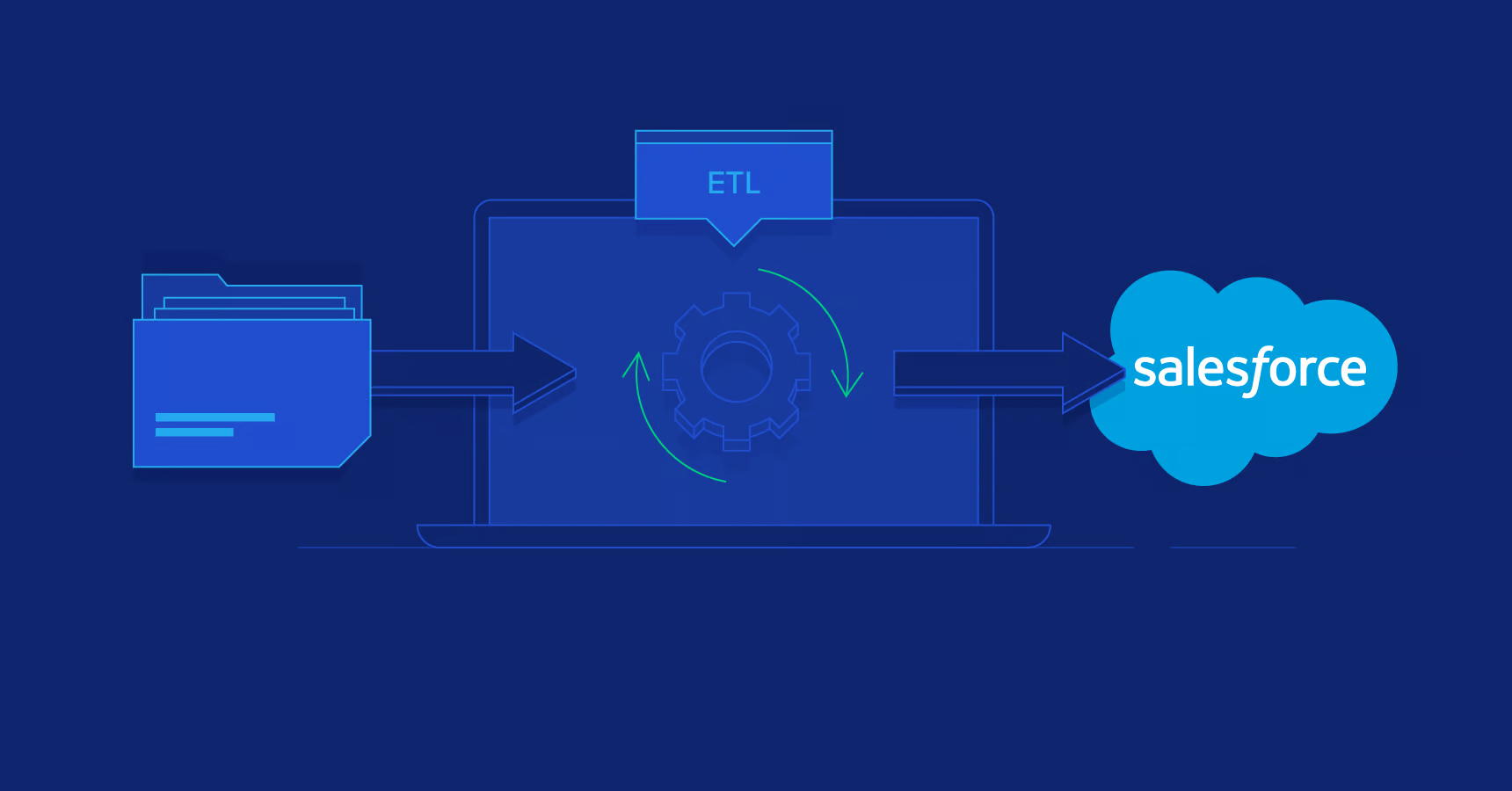Data Migration

Smooth migration from existing system
Data migration is the process of data transferring from one system to another. Whether you decide to move to Salesforce CRM from any other CRM system, or from one Salesforce instance to another one, you should be aware that Salesforce data migration is crucial for the successful implementation. It capitalizes on your previous investments and experience, serves as a basis for the digital transformation of your business.
Data-migration process complexity varies significantly depending on the size, format, and quality of the source data. So it is recommended to perform data-audit with an experienced technical consultant before data-migration planning to ensure your business continuity, user adoption, and whole CRM implementation project success.
Review existing data
We support you in defining the scope of the migration project based on your business needs, e.g. consider what data to migrate, which data sources to use, data transformations needed, data quality enhancements (e.g. duplicates removal) as well as customizations you may need in the new system.
Delta Migration
We also move data that were created or changed after the initial migration. On the launch day, you do not have to deal with system downtime.
Data cleaning
Deduplication, standardization, and transformation of the data guarantee that the new system will not inherit data-related issues you have in your current system. High data quality is the key requirement for customer interactions, quality of services, and the whole business efficiency. It also ensures that business analytics will provide you with accurate information for decision-making. Usage of fuzzy-matching in addition to efficiently organized expert matching and consequent intelligent field merge allows you to have duplicates removed without losing important information.
Perform object and fields mapping
At this stage we prepare a master document, listing all data tables and fields which are to be moved from the legacy system and mapped with corresponding Salesforce objects and fields. Standard Salesforce objects and fields usage is highly recommended where applicable. All custom objects and fields to be configured in the new CRM system are identified at this stage. Our recommendation is to always maintain legacy system ID as a custom field to ensure back-tracking and empower you with all historical information you need in your new CRM as well as streamline the data-migration process.
Execution
We move prepared data to the new system as smooth and seamless as possible, so your business processes are not stalled and operations keep running. A detailed migration plan is prepared listing all stages, responsible persons, inputs, and outcomes. Every step is documented and double-checked with appropriate quality assurance procedures. We utilize high-productivity ETL tools and know-how scripts for high-efficiency metadata and data processing as well as the most recent best practices to perform data migration in the shortest possible time. Actual execution takes usually not more than 1 business day or can be conducted during the weekend so that your team has no downtime. In case of very complex data migration, we utilize a multi-step process that includes primary data migration and 1 or more delta-migration steps.
Quality Assurance
We conduct multiple QA tests to identify any problems before starting production data migration: we elicit inconsistent or incomplete data and identify data-mapping, transformation issues, or data-quality issues. We ensure that every step of the data migration is done correctly, set of reports and data quality check procedures are documented and approved with the customer before production migration and checked during test data migration. This step helps the implementation team provide customers with look&feel of their new CRM system before production starts and allows them to eliminate the majority of issues before going live. Test data migration is usually done using Salesforce Full or Partial sandboxes.